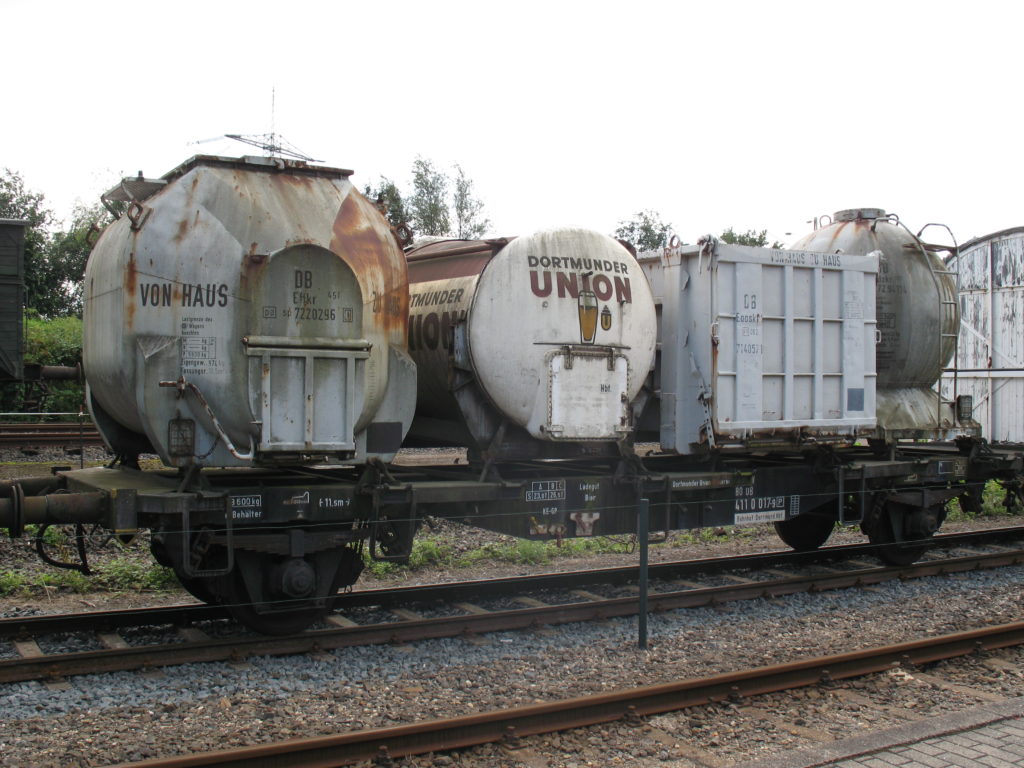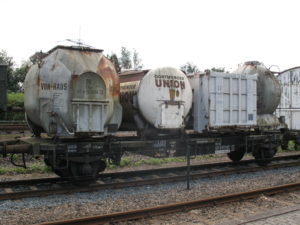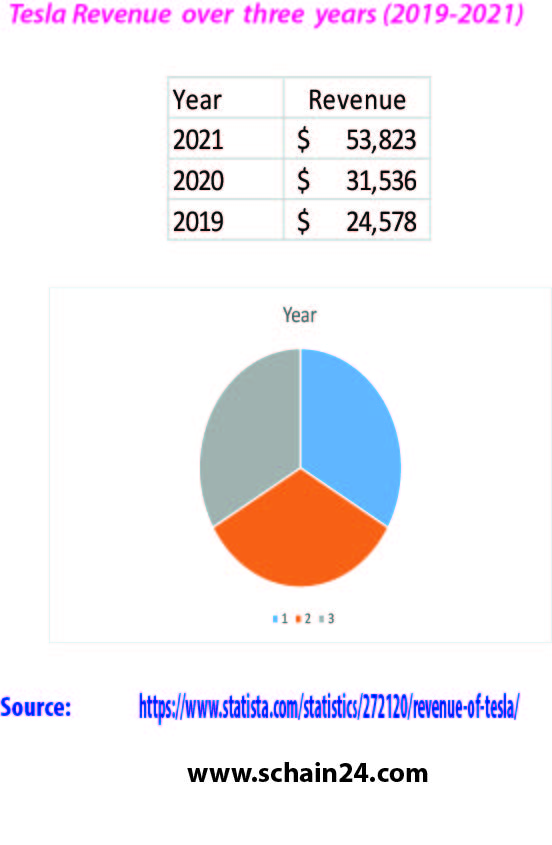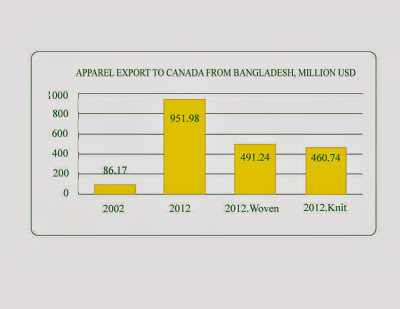Abstract
Due to complexity in global supply chains and networks, managing liner services has become a quite complex endeavor. A few liner services are able to fully integrate the trade routes, such as Maersk Lines and MSC. Maersk Lines has services in the Far East, Europe and North America and some hubs notably Algeciras, Salalah and Tanjung Pelapas. MSC has relay services in these directions and has services in West Australia, Singapore, and Thailand route. There will be no ‘one size fits all’ approach for the liner services networks. Liner services usually can’t fully ensure schedule integrity. A low berth and crane availability leads to liner service disruptions of shipping lines. Delay in one port cascades though out the whole liner service and affects other ports of call.
Keywords: Global supply chain, Liner services, Water mode of transportation etc.
Introduction
Transportation denotes movement of product from beginning of a supply chain to the customer. It is one of the drivers of a supply chain and contributes to a very big percentage of GDP. There are various modes of transportation used in a supply chain. Supply chains use a combination of modes of transportation i.e., air, package carrier, truck, rail, water, pipeline, inter-modal etc. Supply chains also use responsive transportation to centralize inventories and operate with lesser number of facilities. Our current article is a discussion opportunity about water mode of transportation used in a supply chain.

Water transport
Water transportation is ideal for carrying very large loads in low cost. It is by far the cheapest for the quantities shipped and distances involved in international trade. A significant trend in maritime trade worldwide has been the phenomenal growth of containerization. This in turn leads to a great demand of more specialized, larger and faster vessels, to improve the economics of container transport. Port congestion, delays at ports, security, customs and the management of containers used are major issues in global shipping. [1]
Water ways
It is transporting of goods and passengers by water ways. Early civilizations, which arose by waterways, depended on watercraft for transport. In Asia, Chinese ships equipped with multiple masts and a rudder were making sea voyages by c. 200 ce; from as early as the 4th century bce the Chinese also relied heavily on internal waterways to transport food to their large cities. Japan, too mountainous to rely on roads for mass transport, also relied on internal and coastal waterways for shipping from early in its history. The spice trade was a great stimulus to shipping trade; Arabians were sailing to the spice-islands before the Christian era, and European merchant marines grew up largely because of it. From the 17th to the 19th century, the slave trade was a major feature of Atlantic shipping. Many U.S. merchant ships are registered in a third nation to avoid heavy taxes.
Global supply chain.
Production, trade, and services activities are functionally integrated with the Global Production Networks. Value added services are found now to integrate with freight packages. Due to complexity in global supply chains and networks, managing liner services has become a quite complex endeavor. The ports and hubs helping the ports to create a global grid of East-West, North-South, and other regional services. A few liner services are able to fully integrate the trade routes, such as Maersk Lines and MSC. Maersk Lines has services in the Far East, Europe and North America and some hubs notably Algeciras, Salalah and Tanjung Pelapas. MSC has relay services in these directions and has services in West Australia, Singapore, and Thailand route. There will be no ‘one size fits all’ approach for the liner services networks.
Schedule integrity
Liner services usually can’t fully ensure schedule integrity. A low berth and crane availability leads to liner service disruptions of shipping lines. Delay in one port cascades though out the whole liner service and affects other ports of call. Port hinterland relations are important in port development. Access to cargo bases of the port in the hinterland is developed in this way.
Logistics.
Procurement of logistics includes market research, necessary planning, procurement decision, logistics service provider evaluation, order control etc. Supply Chain value addition is the main thing in advanced logistics planning of distribution logistics it is on time delivery of products to the end user. So that cost reduces and skill increases in the supply chain management. In a business or supply chain various types of production process are used. Usually after getting an order production is pursued and sold to the end user. When production and design phase is under process 80% of cost is ascertained supply chain surplus is also determined. When the production is very urgent air shipment is required, when production lead time is not too short low cost sea shipment can be allowed.
Conclusion.
Water mode of shipment is inevitable in most supply chain requirements. Logistics provider and intermediaries are very important either they are involved in inbound logistic or outbound logistics or both. The supply chain management platform perpetually gauges material dynamics against shipment milestones and avails monitor at-risk or critical orders. A trend analysis of performance versus prior periods of accommodation level commitments, provides score-carding of carriers and suppliers predicated on lead-time, fill rate, or on-time rates, and tracks key performance indicators for sundry utilizer orientations, such as buyer, seller, carrier, or forwarder can make it understandable which logistic accommodation provider is better.
Further reading:
1.Chopra,Sunil. Meindl, Peter. Kalra,D.V. (2009).”Supply Chain Management Strategy,Planning and Operation”.Third Edition, Pearson,Prentice Hall.
2. Edmonds, John (2017-03-03). “The Freight Essentials: Getting Your Products Across The Ocean”. Retrieved 2017-09-01.^





